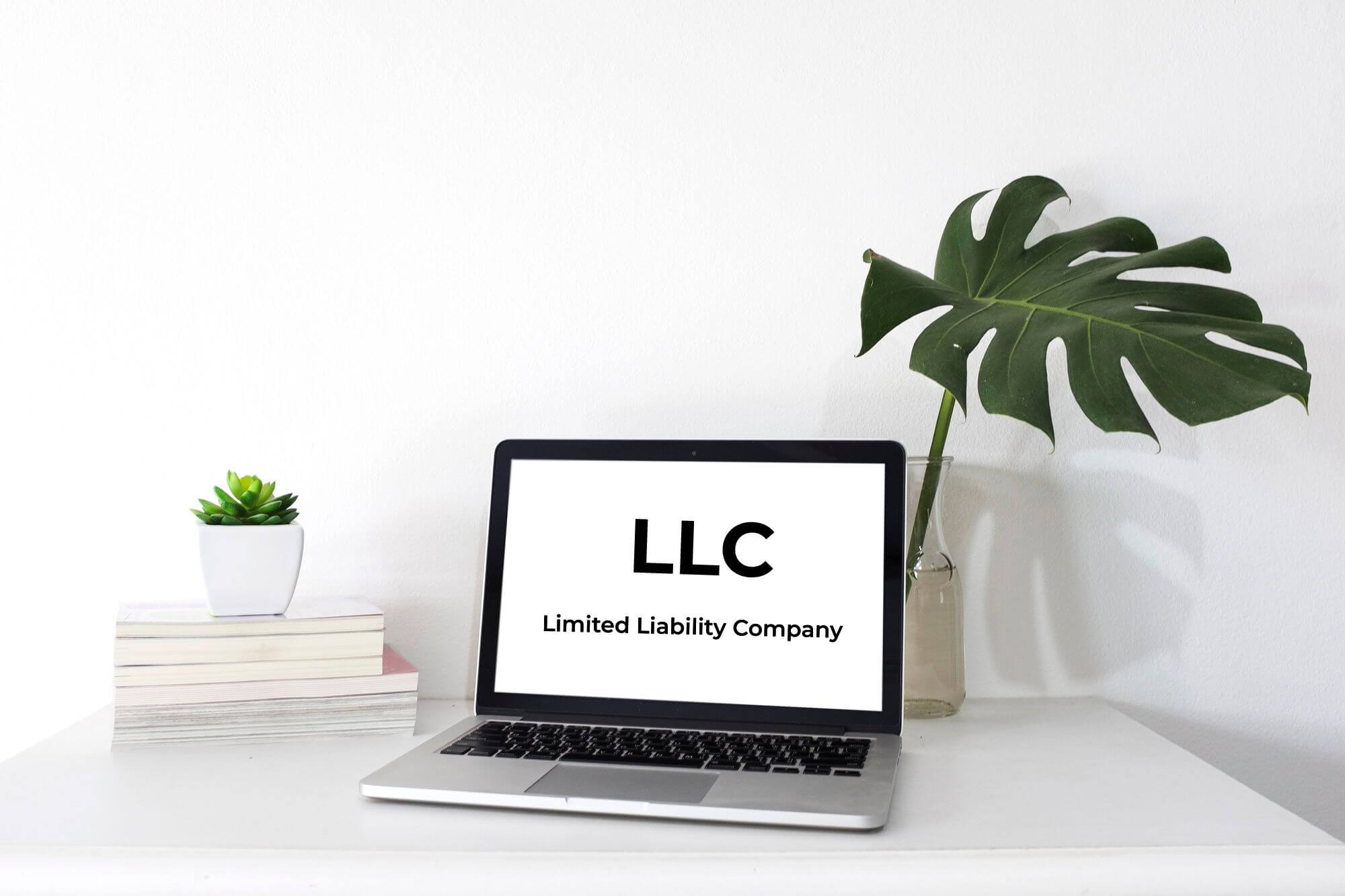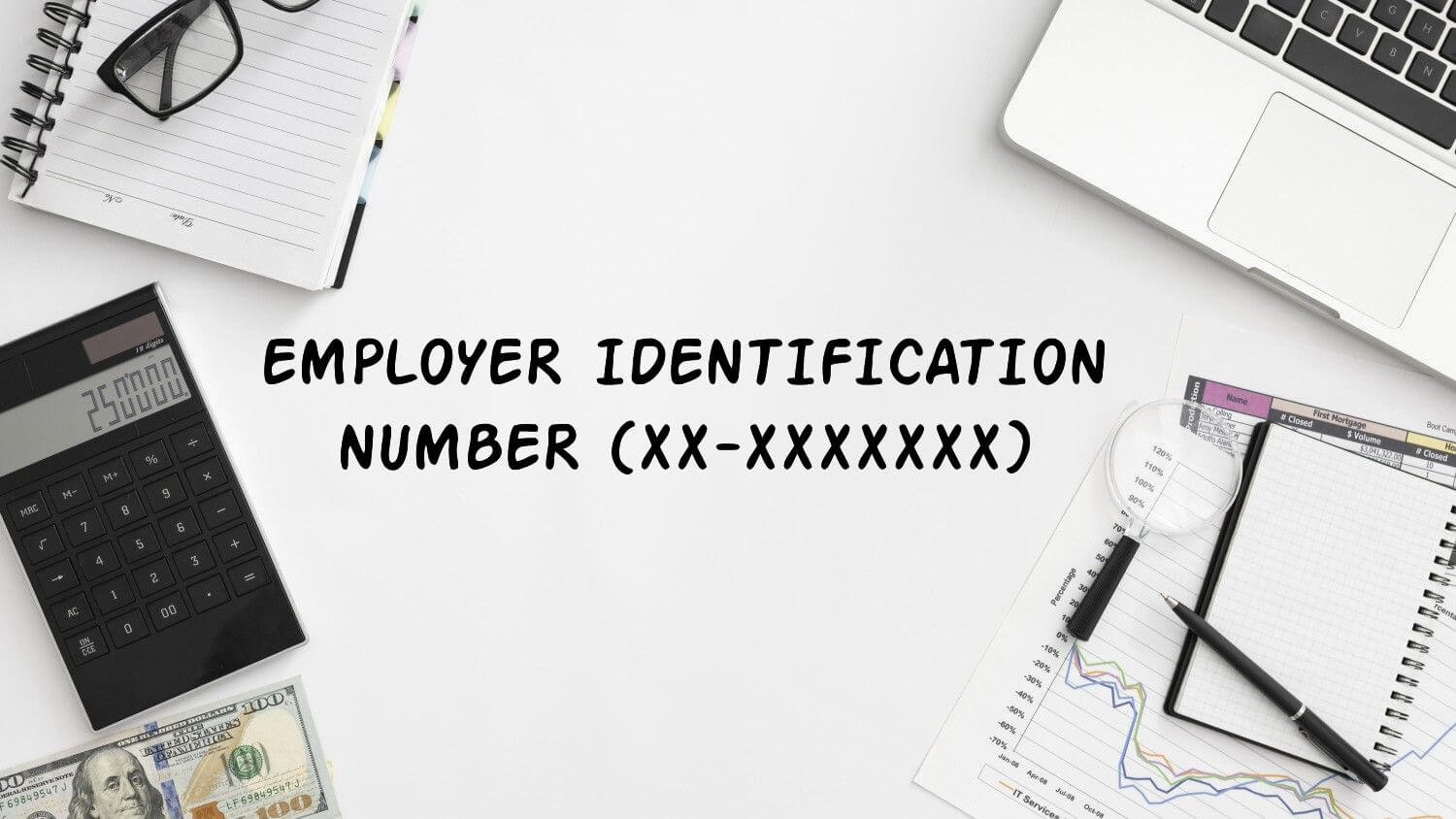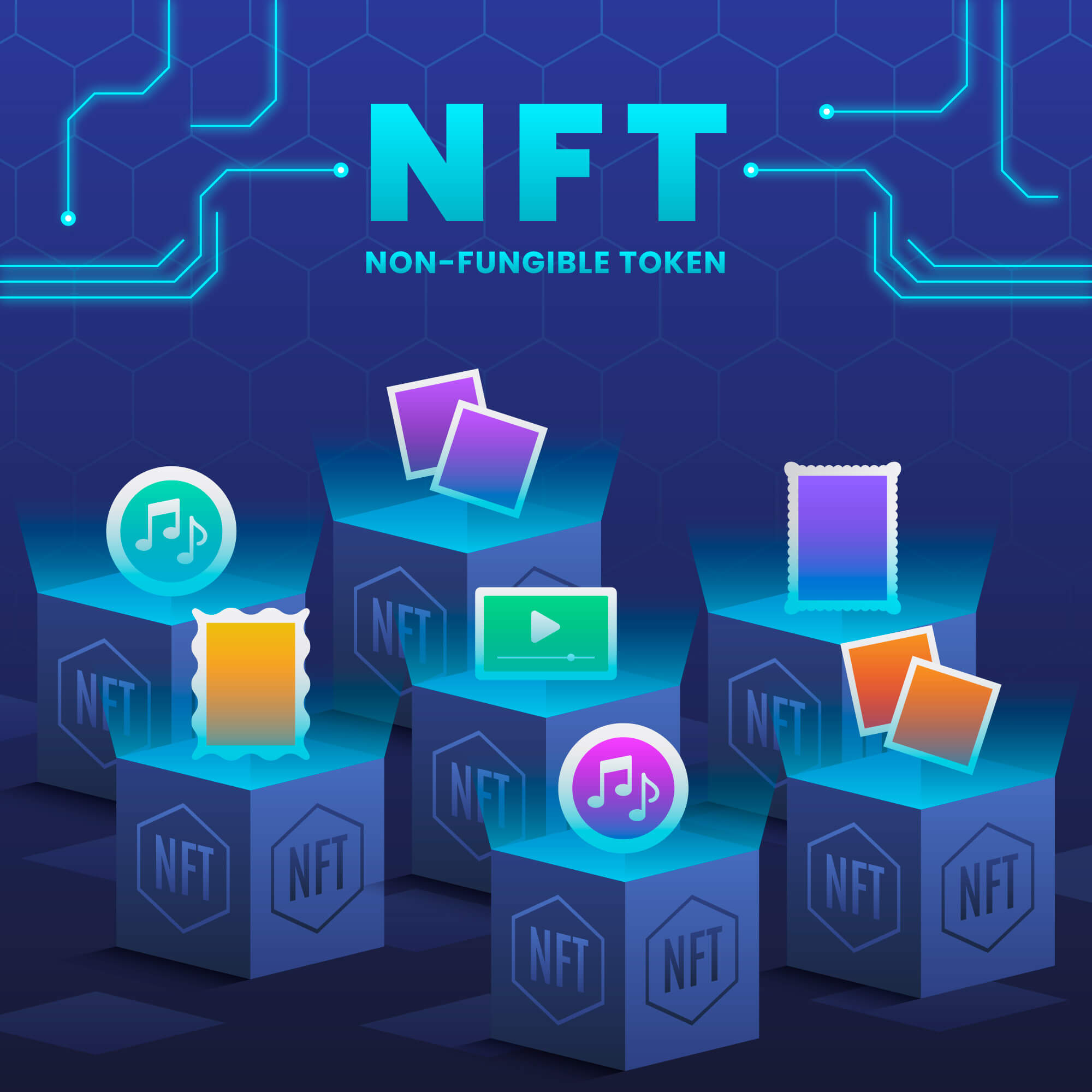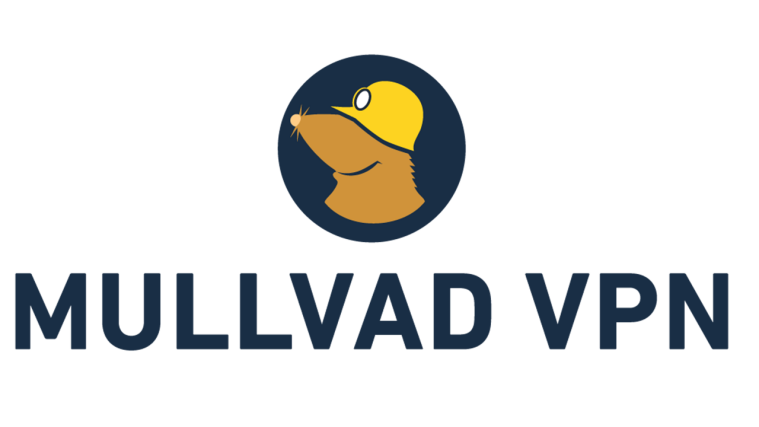How Much Does It Cost to Start an LLC – LLC Cost Guide
Starting and running an LLC has a price. Luckily, the cost of starting an LLC…
Our content is reader-supported. Things you buy through links on our site may earn us a commission
Never miss out on well-researched articles in your field of interest with our weekly newsletter.

Author
Larry is a finance graduate and entrepreneur who loves educating others on various business software through his own experiences. Larry loves to write about all topics, from fashion editorials to tax advice. On his days off, you can find him at a basketball court or gym working up a sweat.

Starting and running an LLC has a price. Luckily, the cost of starting an LLC…

When registering your business as an LLC, your operating agreement imprints the operational guidelines and…

Forming a limited liability company (LLC) is one of the most important steps when starting…

Due to the meteoric growth of the internet over the past decade, the needs of…

Getting approved for a loan when you have bad credit can be difficult. Similar to…

After registering your business as an LLC, you have one more crucial decision to make.…

An employer identification number, or EIN, is like a Social Security number (SSN) for your…

The retail inventory method is an accounting procedure that estimates the value of a retail…

The best banks in California offer a combination of low account fees, convenience, and comprehensive…

The best prepaid debit cards act as an alternative to a credit card or standard…

There are thousands of different NFT projects listed on NFT marketplaces such as OpenSea, Rarible,…

A Gantt chart is a project management tool used to visualize a project plan. It’s…

Although you are allowed to use a personal bank account for your business, creating a…

Our Mullvad VPN review concludes that it offers excellent security and privacy features. As with…

Choosing the best bank account for sole proprietors empowers your small business for long-term growth…

Your business bank account acts as a home base for your business’s financial database. Bank…